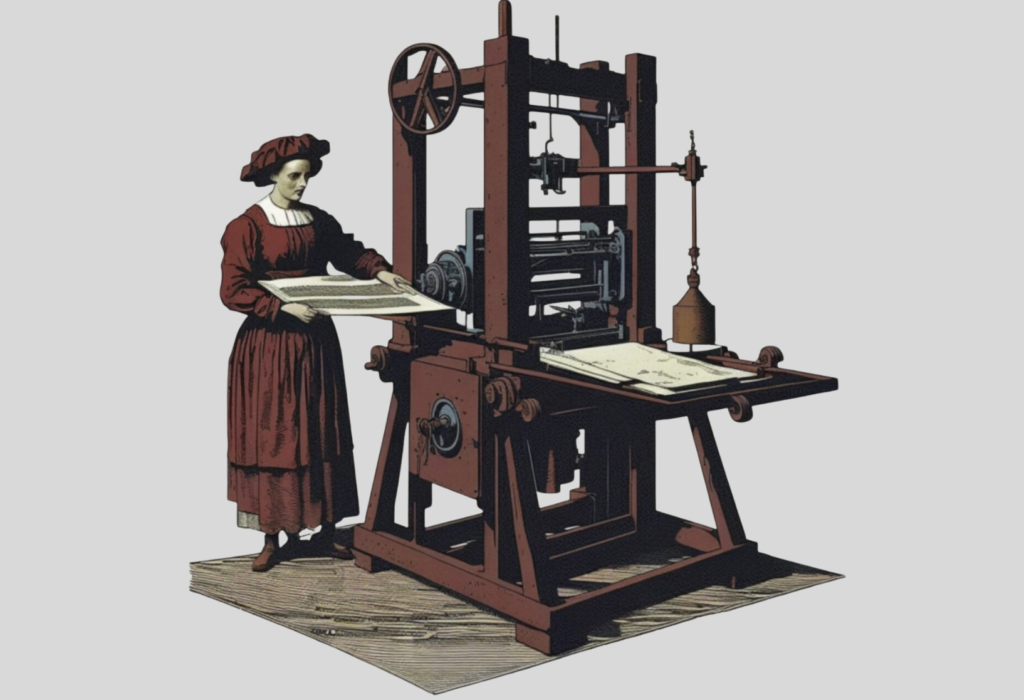priceless-stories.org – “Jump, Frog, Jump!” by Robert Kalan is a beloved children’s book that has captured the hearts of young readers and their families for generations. Illustrated by Byron Barton, this engaging story uses rhythmic and repetitive language to tell the tale of a frog’s lively adventures. The book’s simple yet captivating narrative structure makes it an ideal choice for early readers and storytime sessions.
The Story
The story of “Jump, Frog, Jump!” follows a frog as it encounters a series of challenges and dangers in its natural habitat. The narrative is built upon a cumulative structure, where each page introduces a new element that contributes to the frog’s journey. As the frog navigates these challenges, it repeatedly leaps to safety with the refrain “Jump, frog, jump!” This repetition not only enhances engagement but also encourages children to participate in the reading process.
Themes
Survival and Instinct
At its core, “Jump, Frog, Jump!” is a story about survival. The frog’s quick reflexes and instincts help it escape from various threats, such as predatory fish and other animals. This theme introduces young readers to the concept of animal behavior and the natural instincts that drive survival in the wild.
Cause and Effect
The book effectively illustrates the concept of cause and effect through its cumulative narrative. Each new page builds on the previous ones, demonstrating how a series of actions and reactions can shape a story. This structure helps children understand the relationship between events and their consequences.
Participation and Interaction
One of the most engaging aspects of “Jump, Frog, Jump!” is its interactive nature. The repetitive refrain invites children to join in the storytelling, making it a dynamic and participatory reading experience. This interaction fosters a love of reading and encourages children to anticipate and predict the frog’s actions.
Illustrations
Byron Barton’s bold and colorful illustrations add a vibrant dimension to the story. The simple yet expressive artwork captures the essence of the characters and their environment, making the book visually appealing to young readers. Barton’s illustrations complement the text, providing visual cues that enhance comprehension and engagement.
Conclusion
“Jump, Frog, Jump!” by Robert Kalan is a timeless children’s book that combines rhythmic storytelling with engaging illustrations to create a memorable reading experience. Its themes of survival, cause and effect, and interactive participation make it an excellent choice for early childhood education. As children join the frog on its adventures, they not only enjoy a delightful story but also develop important literacy skills. This classic tale continues to be a favorite in homes and classrooms, enchanting new generations of young readers.

